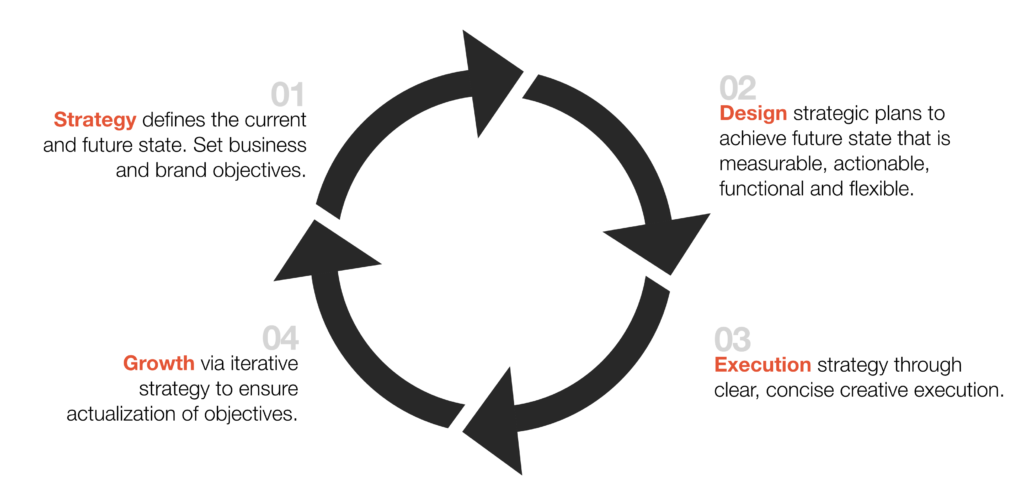I can’t tell you how often this happens. A client wants to contract us out for a project, they’re building a new strategic initiative to support a business unit, or roll out a new revenue generating product – the objective of our work is to define a strategic path forward, propose a handful of products approaches we believe will be successful, do some early validation and build the thing, then support it with some minor bug fixes.
Sounds good on paper, fits well within budget allocations and creates a tangible endpoint. The issue however is – it misses the one overarching element of digital products. They’re never complete.
Digital products by their nature are living things that need continuous updating. Their nature lends themselves to kaizen, and in turn kaizen, is at the center of all digital products. The expectations among much of management are different. If we build it, it’s then up to marketing.
Sadly, this belief still permeates management mindsets. Here’s an example.
A while back we were working with a client who had us build them a subscription product. Standard consumer facing marketplace SaaS model. Initial validation proved the product was sticky within certain US populations, but its growth was limited.
To us this meant the product had legs, people were using it, and paying for it. What it lacked was a reworked customer experience, augmented messaging, and some usability fixes that came to light after the fact.
We devised a 12-month rollout strategy for the product, presented it to the product owner, and got greenlit to send it up to management.
Two weeks later, management kills the project. That same year (2016) a competing product hit the market, today is generates ~4MM in MRR last I checked.
Digital product management requires constant work.
The day a product launches is the day its born, it needs to grow before it can reach maturity. This involves constant work, taking data, using it to make decisions, testing hypothesis, and maintaining project resources to make updates, changes, improvements. Most startups know this. But when speaking with traditional corporate, there is all too often a misalignment in ethos.
Any product will at minimum require a product team that can work on it for a 12 month stretch post launch. Making updates and proving hypothesis. Notwithstanding, the digital product will need marketing support, and marketing’s strategy, will need integration into the product strategy. They coincide and work hand in hand.
So often you’ll see a product that launches, but the customer experience just isn’t there, or the messaging is off between marketing and product, restricting the enterprises ability to bring the product to market well, and inevitably leading to its demise. To avert these types of scenarios management needs to adequate budget for each product lifecycle.
What we’re specifically speaking to are the following:
Strategy
This is where the consulting company works with management, conducts its own market research, defines current and future states.
Design
Together strategic plans are laid out to achieve the future state that is measurable actional functional and flexible. Product is defined, customer experiences are mapped out, the technology architecture is selected.
Execution
The product is built, customer experience is implement, and data, tracking, analytics and marketing tools are implemented to test against predefined KPIs.
Grow
A dedicated product team is assigned to the project for ~12 months, working alongside marketing to grow the product in a controlled fashion all the meanwhile optimizing product market alignment.
Usually, clients will have budgeted for Design and Execution, but forego the Strategy and Grow pieces which are in my opinion the cornerstones of any digital product and make up the difference between good and great.
If you’d like to get content like this in your inbox sign up to SWARM’s Newsletter.




